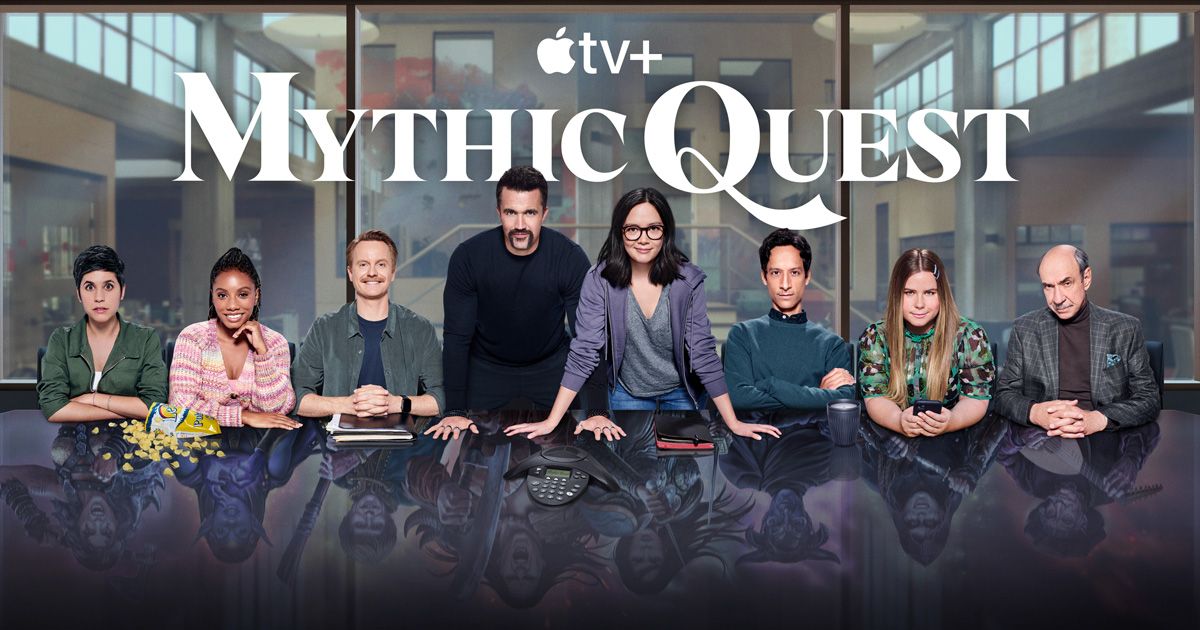
How to Start Your Own Podcast
- Oct 2, 2021
Podcasting is a 21st-century phenomenon that has turned into a full-blown industry. People have created real careers in this field and now everyone wants to create their very own show.
While that is feasible, it does come with a lot of work and is more than just talking in front of a microphone. Want to get started but don’t know how? We have got you covered. Below are a few steps that will help you make your podcast dreams a reality.
Generate an Idea
Start big with your ideas. What interests you and what type of topic do you want to explore? Answer this question for yourself and as you move along the steps of creating your podcast, you will figure out how to tailor your area of interest for all listeners to enjoy. Be ambitious and as broad as you want with your ideas. They will begin to consolidate and make sense as you start the planning and production of your podcast. Write down all the ideas and things that you are interested in. They do not have to go together and can be complete opposites of each other. They are just to give you a general idea of the goal of your podcast. Ideas are not permanent and are constantly changing so don’t think that you have to stick with the first idea you have.
Logistics
Now that you have figured out the topic of your podcast and incorporated your ideas, it is time to start looking into the logistics. What do you want the name to be? Think of something simple and catchy that audience members can easily reiterate to others. You also might want a title that can go along with a catchy jingle or can create a fan base nickname out of it. For example, the podcast “Crime Junkie,” calls their fans “crime junkies” or “junkies.” It’s pretty simple but is a great marketing tactic. Secondly, do you want a co-host? Podcasts can either be a solo endeavor or a group one. It might be best to start off with a co-host. Naturally, there will be an engaging conversation between the two, and different points of view will greatly serve listeners. What platform do you want to host it on? There is all sort of podcast platforms, Podcasts by Apple and Spotify being the most popular. To start, you might want to decide between those two. Do research into both platforms and figure out which one might suit your podcast best.
Market Research
Find out more about your competition and potential listeners. You can accomplish the first task by simply looking up podcasts that might cover the same topic as you. Listen to those podcasts and make note of the things you like and dislike about the shows. Do that for about four potential competitors. Consolidate your notes in a list that notes similarities and differences between your content and your competitors. Some components you might want to consider include ‘What streaming service is it on and how might this play into the popularity of the podcast?’ Gauge the interests of potential audience members. A good way to do this is to make a survey based on a person’s podcast listening habits. Questions such as ‘What platform do you use? How long do you prefer your podcasts to be? What is your favorite genre?’ and so on.
Storytelling Format
All podcasts are storytelling so it is important to know how you want to structure your stories. A great way to do this in the podcast world is with a little bit of math. Figure out how long you want your podcast to be, then divide it by the number of segments or (in storytelling language) plot points you will have. For example, two minutes for an intro, 5 minutes for a guest speaker, 10 minutes for audience questions, and so on. To test out your format, it is a great idea to make a script and time yourself. That way you know what you want to talk about and do not sidetrack. This also depends on the type of podcast you are making so if it is more of a free-flow style, there is no need to make a script but instead have a timer or something to keep you on track. If all else fails, cutting and editing is your best friend! Try Anchor.fm this website is made by Spotify and it makes podcasting editing easy. It will also help you monetize your podcast. Once you feel comfortable in this platform, you can try out Adobe Audition. This program is quite technical but creates a high-quality listening experience.
Put it all together
Yay! You have made it to your final step. But, this step might be the hardest especially if you are unfamiliar with audio editing. Now you have all your audio from your podcast and either it is too long or there are segments or long breaks you want to take out. Head to the editing booth! There are many online services that can help you in this process, especially if you are just getting started.






